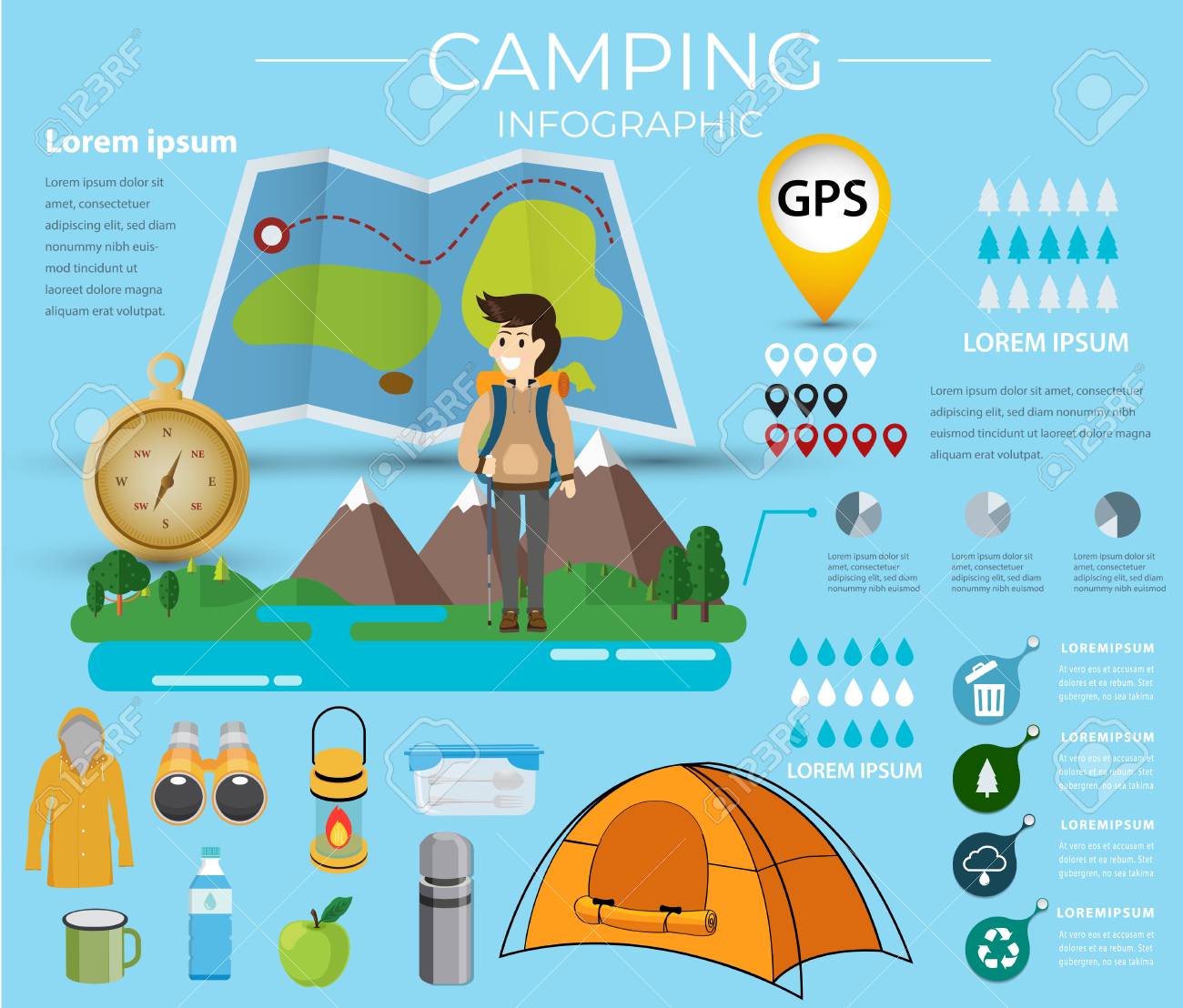Angles play a vital duty in building. They influence stability, stamina, functionality, and even visual appeals. Builders utilize various kinds of angles for frameworks, structures, construction products, and more.
From iconic bridges like the Golden Gateway Bridge to everyday commercial warehouses, steel angle bars are a vital component of several steel structures. Their resilience and stamina make them a perfect product for supporting hefty loads and standing up to ecological obstacles.
Strength
In the building and construction industry, 90 level angles are important for maintaining structures solid and steady. They can be located in lots of projects, consisting of foundations and architectural frames. They likewise help distribute the weight of a building uniformly and prevent changes or cracking.
In industrial buildings, steel angle is commonly used to link or reinforce metal stud framework. Its resilience indicates it can withstand hefty loads and last for many years, making it a preferred choice in commercial workshops.
In addition, the adaptability of steel angle enables it to match a variety of building designs. This versatility is boosted by its broad selection of lengths and densities, which permit architects and designers to customize their structures. Spherical corners additionally lower stress and anxiety concentrations and boost distorting strength, especially in end-notched light beams. This enables them to be integrated right into larger frameworks, like roof trusses, without endangering their integrity. The synthesis of robust stamina and flexibility makes steel angle an invaluable property for creating large, complicated structure frames.
Sturdiness
Structural security is vital to the long life of windows and doors, guaranteeing that they can stand up to ecological stress and anxieties in time. The use of welds and firm joints, together with strengthened corners, helps minimize the risk of failure and reduces upkeep prices.
The 90 level angle is a staple in building and construction tasks as a result of its capacity to give security and toughness. Nevertheless, designers likewise utilize other types of angles in their designs to attain specific objectives. For example, bent inside corners raise architectural security in rock frameworks by dispersing stress and anxiety equally.
Various other applications of the L-angle consist of developing bordering and garden and landscape elements. The sturdiness of these items permits them to withstand the elements and develop specified borders in gardens and walkways. They are additionally an eye-catching choice to bulkier products and can match the all-natural shapes of outside areas. Last but not least, the durability of steel angle supports eco-friendly construction practices by decreasing resource usage and prolonging the life of buildings.
Flexibility
The right angle is a crucial item in the structure of numerous all-natural and synthetic structures. The appropriate angles are located in squares, rectangles and triangulars and assist the shapes hold their stamina and stability. Engineers count on the best cotton bag angle to build and design buildings, bridges and other structures.
Adaptability is the capacity to relocate one or more joints through a range of motion without injury. Unlike even more general or systemic fitness components, adaptability is extremely certain to private joints and might differ substantially in between people. This makes it hard to develop an association in between a certain flexibility examination and health end results in youth.
This chapter offers an introduction of what is currently learnt about the connection between versatile movements and health end results in young people. It goes over physiology that underlies the relationship between adaptability and wellness, and examines frequently made use of adaptability examinations. The chapter also examines the strengths and constraints of existing data relating to these partnerships.
Looks
Whether you utilize an edge for a shelf or as an area to present your collection, the angle shapes exactly how it's regarded. Curves stimulate softness and approachability while angles bring structure and power. When made use of with each other, curved and angular designs produce an unified equilibrium that really feels modern and advanced.
Scientific research demonstrates that human beings like rounded edges, also when they're not consciously familiar with it. They're less complicated on the eyes and reduce tension by reducing cortisol levels in the mind. Researchers believe this is because sharp angles set off the amygdala, activating a hazard reaction comparable to that of thorns or claws.
Spherical shapes are likewise a fad in interior decoration, and they're anticipated to remain to control the electronic world. Expect squircles and waved edges to become a lot more noticeable in UI/UX and in home style, along with AI-driven devices that maximize edges based on individual behavior (16 ). In the long run, they'll provide security while keeping elegance, beauty and approachability.
